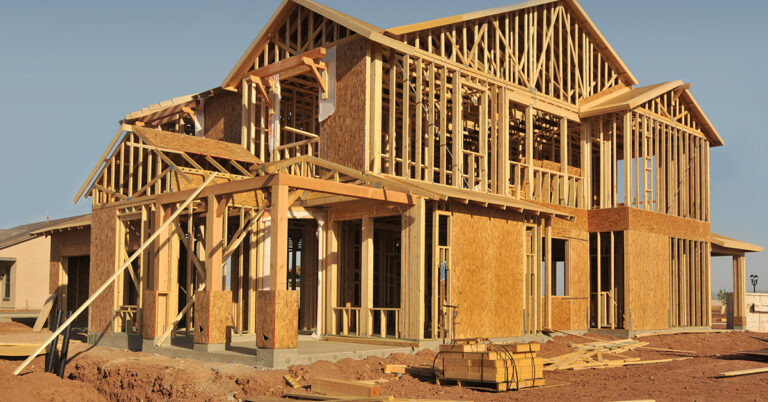After serving as the multifamily residential equivalent of The Wild West for a few years, the Build-to-Rent market experienced a slowdown (or “softening”) in recent years as capital markets tightened and appetites for the newest thing began to satiate across the country.
Now, as an established and mature product type, analysts are no longer caught up in the hype and have accumulated enough data to make projections similar to those in other sectors, such as traditional apartments, houses and townhomes. Following are six key points to consider in BTR going into the new year.
1. More Capital, More Starts, Better Cap Rates
Like the other residential sectors, BTR has been hit with capitalization difficulties because high interest rates have made projects difficult to pencil out. Starts have slowed, which means deliveries will also drop in the near term.
The Federal Reserve’s interest rate cuts, coupled with upward-trending occupancy and rent growth, should allow more debt placement and more projects going forward, along with a lowering of capitalization rates.
2. More BTR Townhomes
BTR projects can be expected to reflect greater density, as builders incorporate more townhomes into their offering pools, along with the traditional single-family detached style products that have traditionally made up BTR communities.
Townhomes give residents larger floor plans and the potential for attached garages and private yards similar to single-family projects, but with a smaller footprint, allowing for more units on a property.
To maximize affordability, some townhome developments may take an either/or approach to garages and yards, providing a choice as to which space-consuming amenity better fits residents’ lifestyles.
3. Increasing Standardization
As the sector continues to mature, design approaches in BTR products will likely become more standardized. Increased efficiencies in the layout of kitchens, bathrooms, fixtures and internal amenities can help optimize maintenance costs and space utilization.
4. Multiple Target Demographics
BTR is expected to continue expanding beyond the renter-by-choice, pre-buyer and empty nester demographics that have been the market’s core since inception. Smart developers will expand their focus to include younger Millennials and the entirety of Gen X.
5. Technology Expansions
As with nearly everything else, technological expansions and amenities, as well as artificial intelligence, are expected to continue expanding in the BTR market.
Property management services and in-home convenience can both expect ongoing tech enhancements. AI will streamline leasing, renewals and service calls, while creature features like keyless entry, smart climate controls and appliance features will be presented and adopted as resident benefits.
6. Increased Institutionalization
As with the original Wild West, independent operators will continue to see their numbers dwindle, and institutions will continue to take their place.
Increased institutionalization will also drive additional consolidation, as operators who have proved they can operate efficiently and navigate market turbulence smoothly will see additional market incentivization to expand.
While it may diminish the market’s romantic perceptions, it should increase consistency of both offerings and service levels for residents while introducing more units into the market. (Source)

